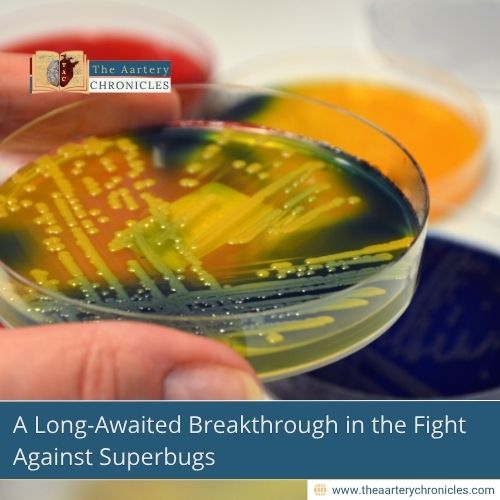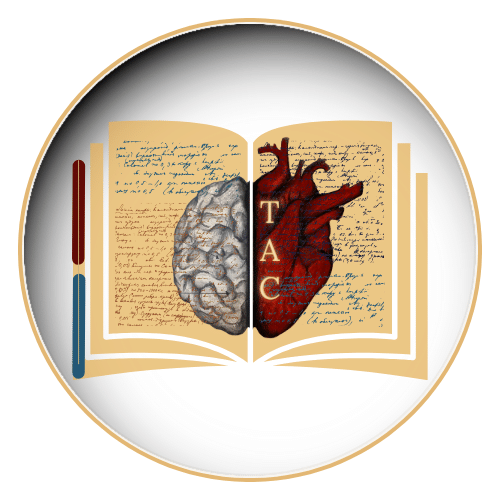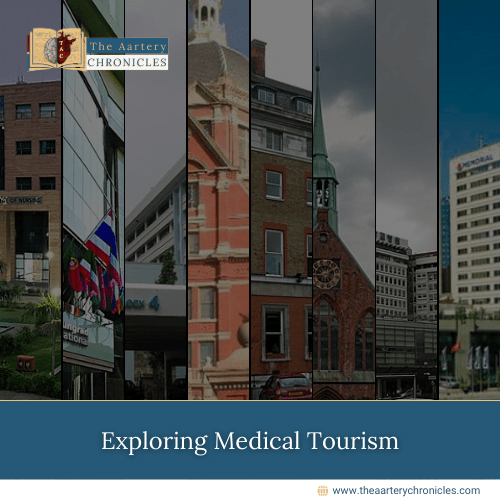

A Long-Awaited Breakthrough in the Fight Against Superbugs – Lariocidin
Summary: After nearly 30 years, scientists have discovered a new class of antibiotics , lariocidin, a potential game-changer in the battle against drug-resistant bacteria. Sourced from soil bacteria, this novel compound offers hope in the global fight against antimicrobial resistance (AMR) by using a never-seen-before mechanism to stop bacterial growth, while showing low toxicity and high efficacy.
New Antibiotic Discovered After 30 Years: Lariocidin Offers Hope Against Superbugs
It’s been nearly 30 years since a brand-new class of antibiotics hit the market. Now, there’s hope on the horizon. Scientists at McMaster University have discovered a powerful new antibiotic molecule, lariocidin, that could change how we fight drug-resistant infections.
Described as a “big leap forward,” this discovery couldn’t come at a better time. With antimicrobial resistance (AMR) killing about 4.5 million people annually, we’re in desperate need of new weapons in our medical arsenal.
“Our old drugs are becoming less and less effective as bacteria become more and more resistant to them,” says Professor Gerry Wright, lead researcher of the study published in Nature.
What Is Lariocidin and Why Is It So Special?
Lariocidin is a lasso peptide, a molecule shaped like a cowboy’s lasso, which gives it unique structural strength and specificity. What makes it stand out is its novel mode of action: it targets the protein synthesis machinery of bacteria in a completely new way, which existing antibiotics don’t.
“This is a new molecule with a new mode of action,” Wright explains. “It’s a big leap forward for us.”
This means that bacteria that have become resistant to current drugs may still be vulnerable to lariocidin, a major win in the global AMR battle.
From Backyard Soil to Lab Success
Believe it or not, this antibiotic breakthrough began in a Hamilton backyard. Researchers collected soil samples and cultured them in the lab for a full year. This patient approach allowed slow-growing microbes like Paenibacillus to flourish, the very bacteria that produced lariocidin.
“When we figured out how this new molecule kills other bacteria, it was a breakthrough moment,” says Manoj Jangra, a postdoctoral fellow in the lab.
How Lariocidin Could Transform Antibiotic Therapy
What makes Lariocidin especially promising?
- Kills drug-resistant bacteria
- Works differently from current antibiotics
- Non-toxic to human cells
- Effective in animal models
- Evades common resistance mechanisms
These features tick the right boxes for potential development into a clinical drug. But it’s not ready for pharmacies just yet.
What’s Next? Turning Lariocidin into a Drug
The discovery is just the first step. The molecule must now be modified, optimised, and mass-produced, all essential before human trials can begin.
“The initial discovery — the big a-ha! moment — was astounding for us, but now the real hard work begins,” Wright shares. “We’re now working on ripping this molecule apart and putting it back together again to make it a better drug candidate.”
And it’s true, bacteria don’t make medicines for humans. So, scientists will need time and resources to refine and manufacture lariocidin in usable forms.
Conclusion: A New Chapter in the Antibiotic Story
In an era where antibiotic resistance is a global health emergency, the discovery of lariocidin is a beacon of hope. It’s not just another antibiotic, it represents a new class with a new mechanism, and potentially, a lifesaving future. While there’s still work to be done, this soil-grown superhero could help rewrite the narrative of medicine’s fight against AMR.
Reference: Manoj Jangra, Dmitrii Y. Travin, Elena V. Aleksandrova, Manpreet Kaur, Lena Darwish, Kalinka Koteva, Dorota Klepacki, Wenliang Wang, Maya Tiffany, Akosiererem Sokaribo, Brian K. Coombes, Nora Vázquez-Laslop, Yury S. Polikanov, Alexander S. Mankin and Gerard D. Wright et al, A broad-spectrum lasso peptide antibiotic targeting the bacterial ribosome Nature volume 640, pages1022–1030 (2025). 26 March 2025, Nature.

Dane
I am an MBBS graduate and a dedicated medical writer with a strong passion for deep research and psychology. I enjoy breaking down complex medical topics into engaging, easy-to-understand content, aiming to educate and inspire readers by exploring the fascinating connection between health, science, and the human mind.








